ASCO GU Symposium 2025
Noah Hahn, MD, gives an overview of durvalumab with intravesical gemcitabine and docetaxel for BCG-unresponsive NMIBC.
Dr. Daniel Joyce gives an overview of his study that examined the use of necrosis as a prognostic indicator for mRCC.
Drs. Karine Tawagi and Samantha Armstrong expand on the prostate cancer discussions of note, including TALAPRO-2.
Drs. Tawagi and Armstrong provide detail and discussion on the bladder cancer research from the 2025 ASCO GU meeting.
Drs. Tawagi and Armstrong recap the hottest topics in kidney cancer research from the 2025 ASCO GU Cancers Symposium.
Dr. Sonpavde provides an update on the latest analysis from the phase 3 global study of EV in combination with pembro.
Dr. Sonpavde showcases a phase I/Ib clincial trial on the safety of a neoadjuvant darolutamide and relugolix combination.
Dr. Sonpavde provides an overview of a phase I/II trial in progress on V940 (mRNA-4157) for resected high-risk MIUC.
Drs. Roupret and Houede dissect their research on the safety and efficacy of durvalumab with NAC for operable high-risk UTUC.
PRO data suggest tivozanib monotherapy maintained quality of life in patients with RCC that progressed after ICI therapy.
The findings from the substudy point to durable antitumor activity for the lenvatinib + belzutifan combination.
Dr. Albiges details the final results of COSMIC-313, highlighting the effectiveness of cabo plus nivo/ipi for aRCC.
Drs. Xu and Joyce break down the evaluation of circulating KIM-1 as a prognostic and predictive biomarker in advanced RCC.
Final TALAPRO-2 results show talazoparib + enzalutamide significantly improves survival in patients with HRR-deficient mCRPC.
Preliminary results of the study showed promising efficacy and safety with neoadjuvant treatment with DV plus toripalimab.
EV with erdafitinib is a feasible combination with the ability to provide promising antitumor activity in mUC.
Newly presented research on the CALGB-90203 (PUNCH) and NRG/RTOG-0521 trials are discussed.
Dr. Kitamura shares the differences observed between the JAVEMACS and JAVELIN Bladder 100 patient cohorts.
Dr. Hassanzadeh elaborates on the benefits of MDT for patients with progressive or de novo disease.
Previous data from the phase II CALYPSO study has demonstrated the efficacy of durvalumab in combination with savolitinib.
Neoadjuvant Pembrolizumab and aMVAC for Non-Urothelial MIBC: Does This Combination Improve Outcomes?
Drs. Grivas, Khaki, and Raychaudhuri discuss a phase II trial evaluating pembrolizumab plus aMVAC for non-UC MIBC. PORTOS Validation in Phase 3 Trials: Gene Signature Predictor of Dose-Response to Prostate Radiation
Dr. Zhao shares how PORTOS predicts radiation dose response in prostate cancer and how it can be integrated into practice.Dr. Nizam touched on her study of real-world safety of first-line therapies for locally advanced or metastatic UC in the US.
Dr. Jain spoke to the rationale for combining erdafitinib with EV in mUC patients with FGFR3/2 genetic alterations.
Dr. Kim discusses systemic therapy and surgical consolidation in node-positive upper tract urothelial carcinoma treatment.
The ABLE-22 trial evaluates nadofaragene firadenovec alone and in combination for BCG-unresponsive NMIBC.
The study found no PFS benefit for tivozanib plus nivolumab in RCC post-ICI, but tivozanib maintained quality of life.
Neoadjuvant durvalumab plus chemotherapy shows promising pathologic response rates, favorable safety profile in UTUC.
Four experts weigh in on their survey-based study of sequencing after 1L EV/pembro in the evolving landscape of la/mUC.
Dr. McGregor explains the safety, efficacy, and subgroup analysis from ARC-20 in patients with previously treated ccRCC.
Dr. Keizman showcases his research on using Decipher for early prostate cancer for USA versus non-USA populations.
Dr. Ghoreifi characterizes the activity of inflammasome genes and their association with oncological outcomes in PC.
Drs. Ghatalia and Nizam break down in detail the RETAIN-2 study, a phase 2 trial of risk enabled therapy for MIBC.
EV+P continues to show superior efficacy and durable responses in previously untreated locally advanced or metastatic UC.
The study found promising results with lenvatinib + belzutifan for patients with previously treated RCC.
Dr. Galsky highlights the latest findings on the impact of pCR on long-term outcomes in the NIAGARA trial.
Dr. Galsky provides comment on the additional efficacy outcomes in patients with MIBC from the CheckMate 274 study.
New research sheds light on the real-world outcomes of Lu-PSMA-617 in a racially diverse patient population.
Dr. Daneshmand provides overviews and updates from three clinical trials involving cretostimogene for high-risk NMIBC.
A long-term efficacy benefit was seen with nivolumab plus cabozantinib over sunitinib, with no new safety signals.
The EPIC-A trial has demonstrated the efficacy and safety of cemiplimab combined with platinum-based chemotherapy for la/mPC.
The interim analysis of the RETAIN-2 trial demonstrated a 46% pT0 rate among those undergoing cystectomy.
Tala/enza demonstrated improvement in OS compared with enza alone as 1L treatment in patients with mCRPC.
Increased levels of circulating KIM-1 are associated with worse outcomes for patients receiving nivo/ipi or sunitinib alone.
New research evaluated the efficacy and safety of durvalumab with intravesical gem/doce in a cohort from ADAPT-BLADDER.
The first-line treatment of aRCC with cabozantinib, nivolumab and ipilimumab continued to provide PFS and ORR benefits.
Nivolumab demonstrated sustained DFS benefits across all patients with MIBC and in prior NAC subgroups.
Radiotherapy may reduce distant metastasis risk in high-risk prostate cancer compared to surgery, according to new study.
Dr. Ciuro previews the potential practice-changing research in prostate, bladder, and kidney cancers from ASCO GU 2025.
C2D1 ctDNA fraction may be more strongly associated with rPFS and OS than baseline ctDNA fraction.
In 53.3% of cases, PSMA PET positively identified bone disease despite negative findings on bone scintigraphy.
Patients with mHSPC who are younger, have a high BMI, or have low-volume disease may benefit more from treatment with ARPIs.
Drs. Karine Tawagi and Samantha Armstrong share their thoughts on COSMIC-313, CheckMate 9ER, KEYMAKER-U03, and more.
Drs. Karine Tawagi and Samantha Armstrong share their thoughts on CheckMate 274, NIAGRA, and more.
Drs. Karine Tawagi and Samantha Armstrong share their thoughts on TALAPRO-2, studies on oligometastatic disease, and more.
Advertisement
GU Oncology Now delivers the latest news in clinical trials, conference coverage, and more, highlighting advancements in genitourinary oncology treatments and tech.
Get conference updates straight to your inbox.
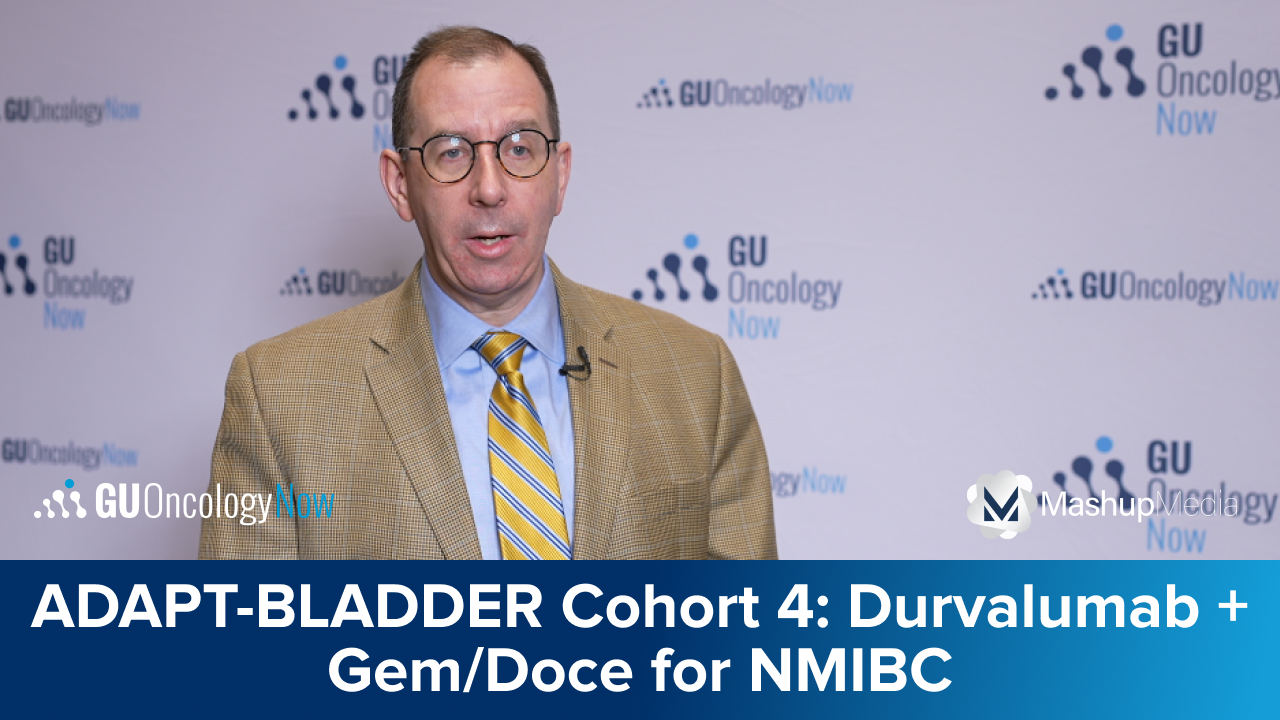
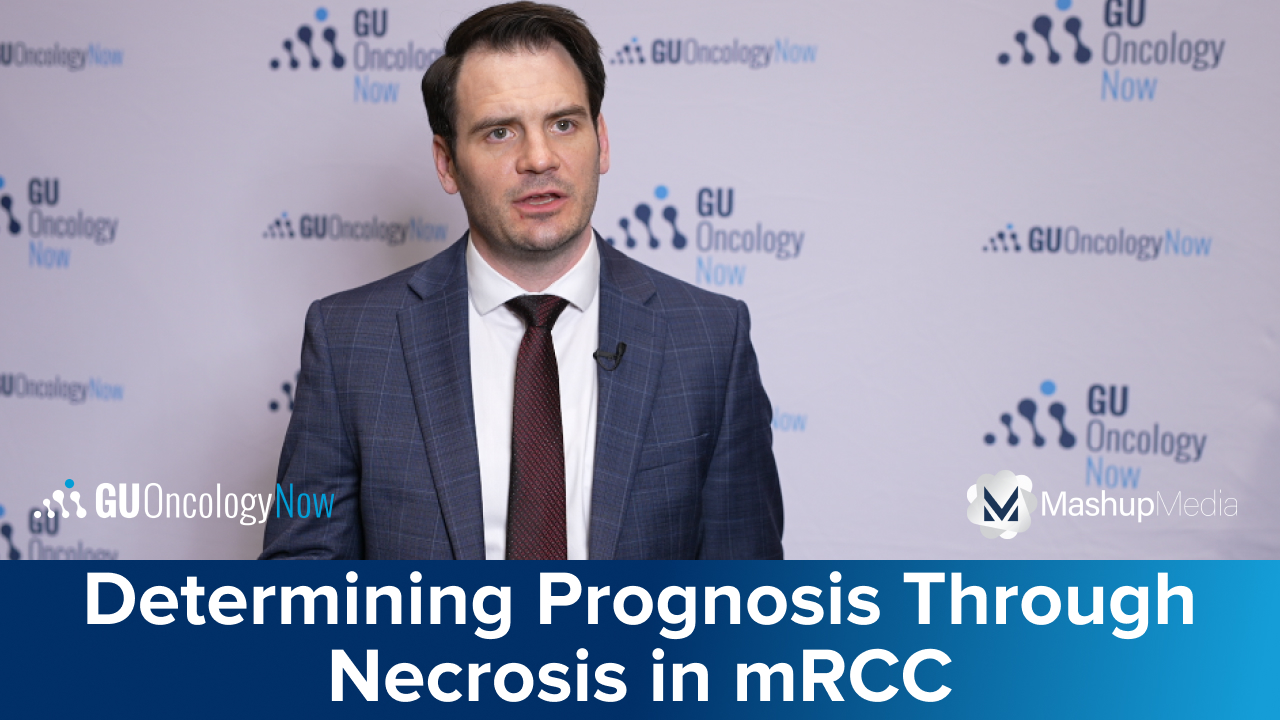

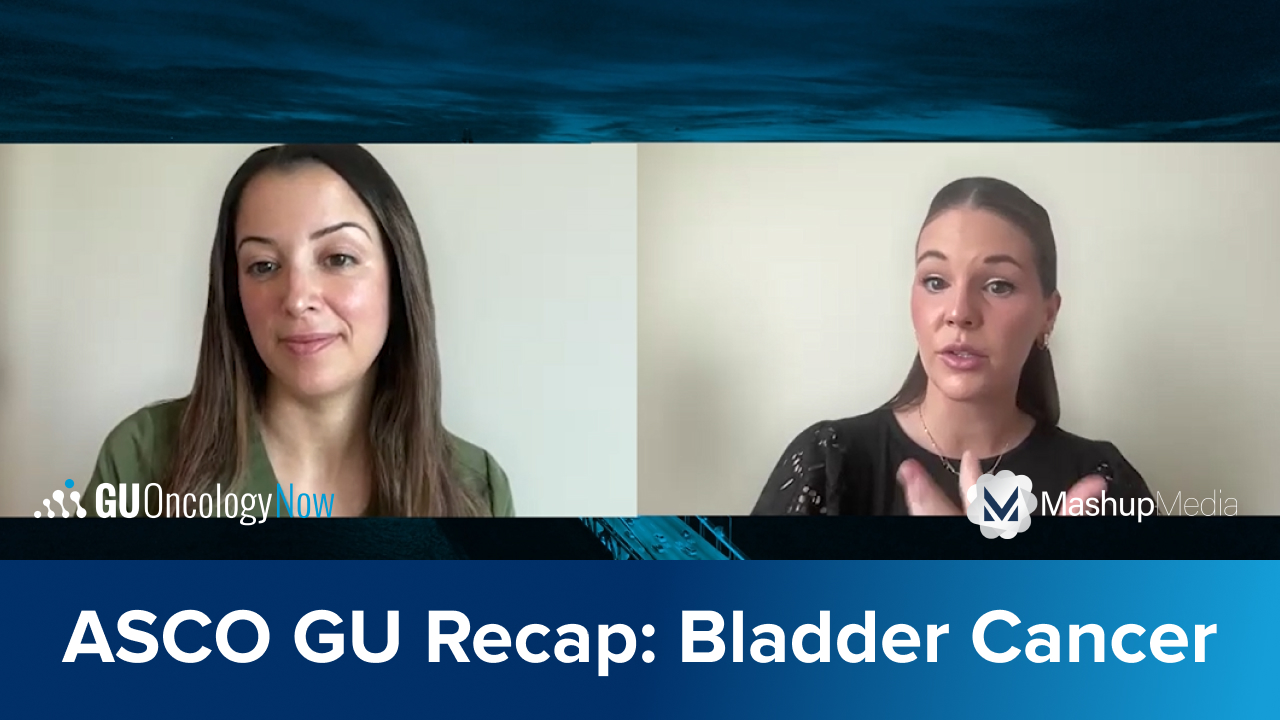




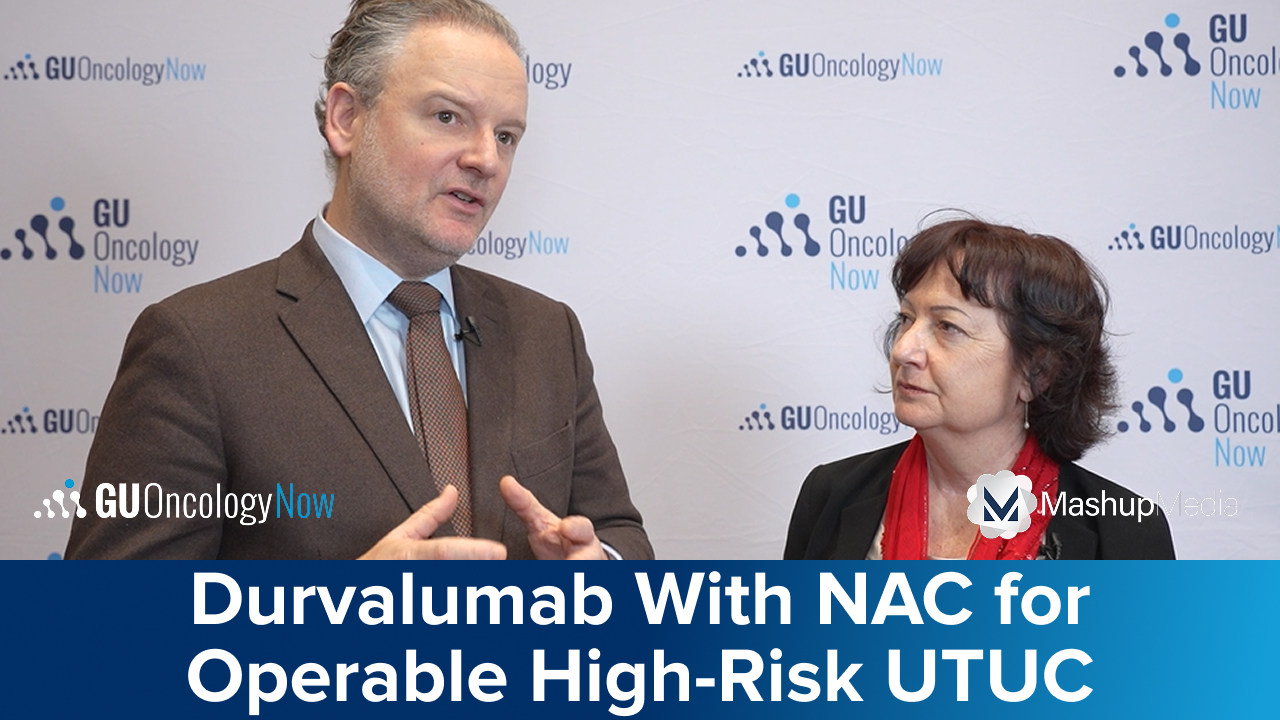
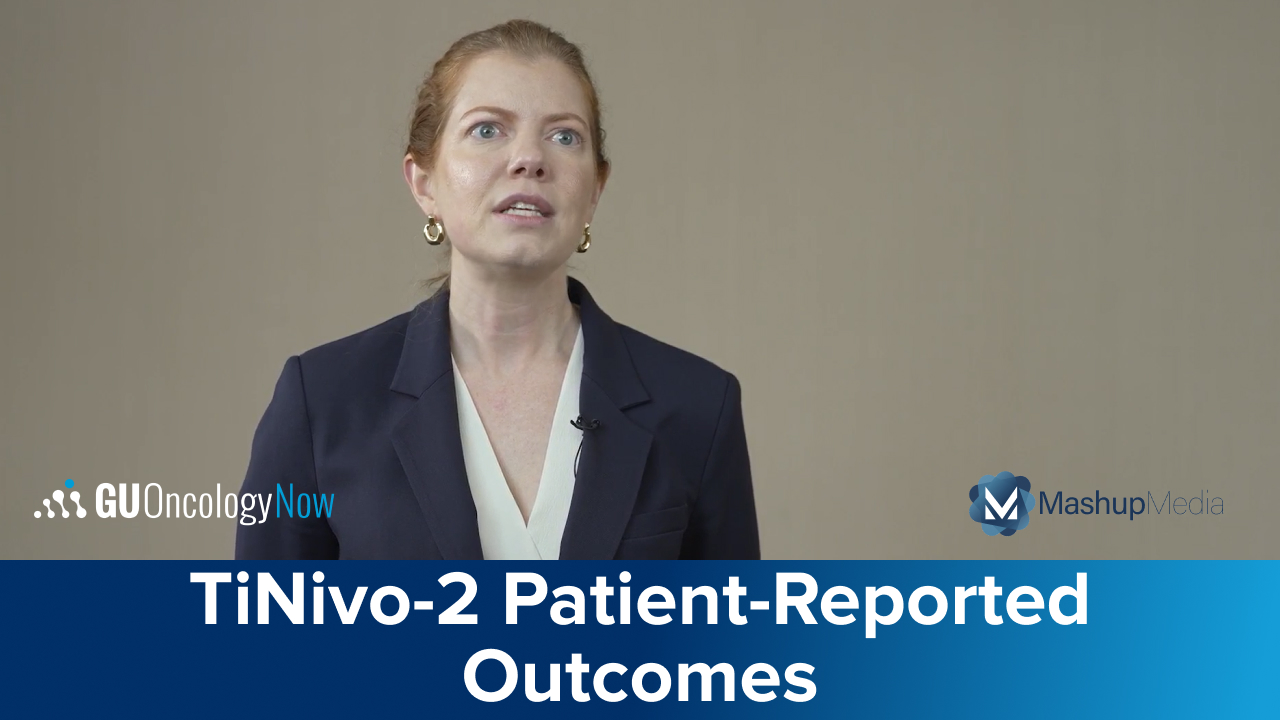
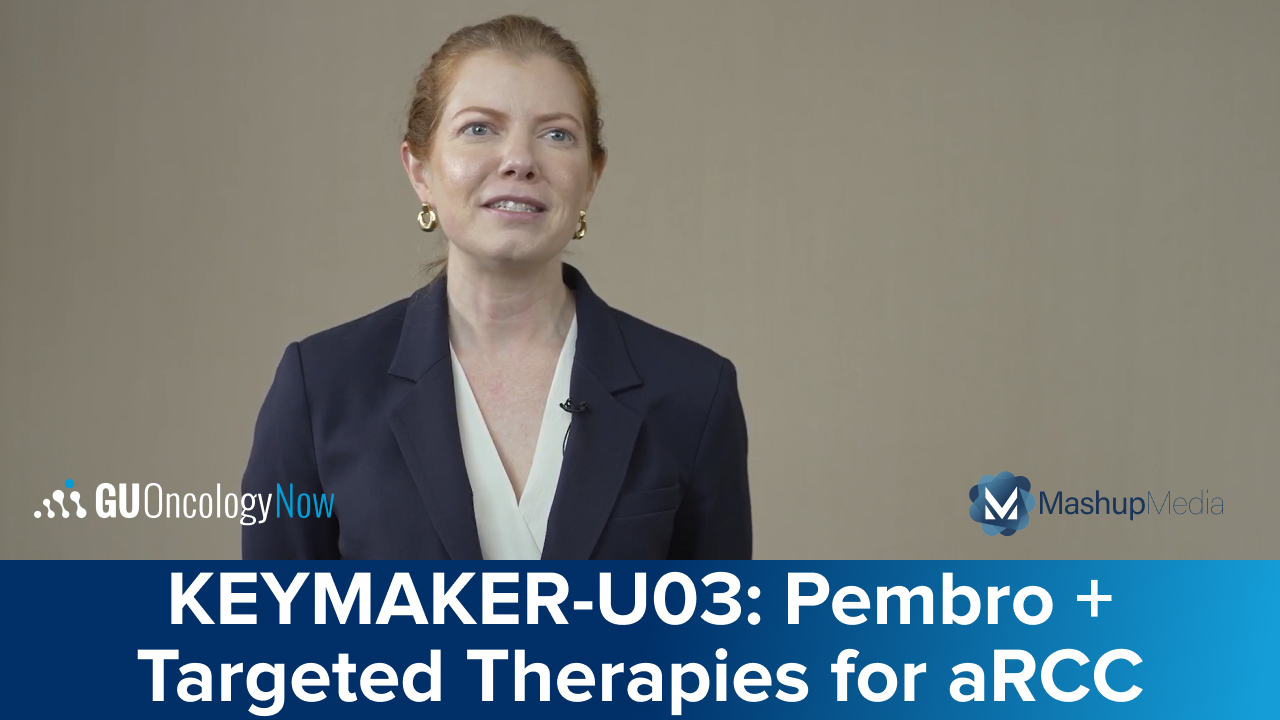
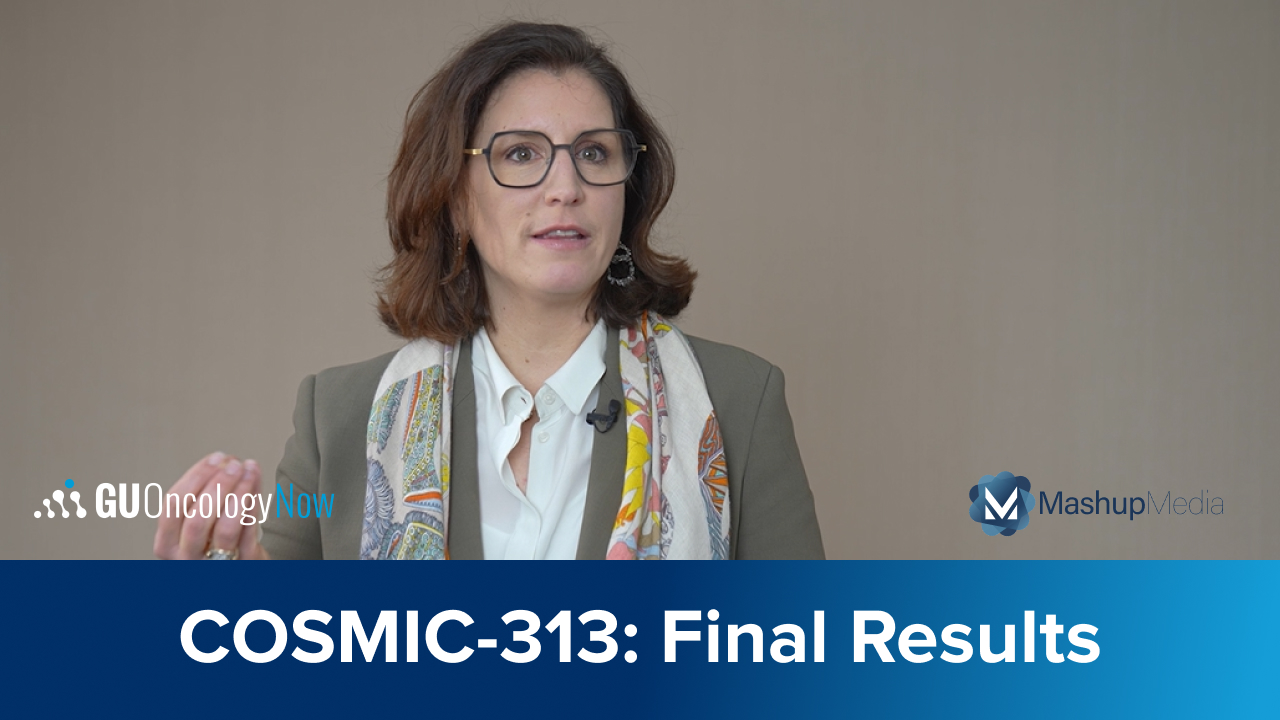
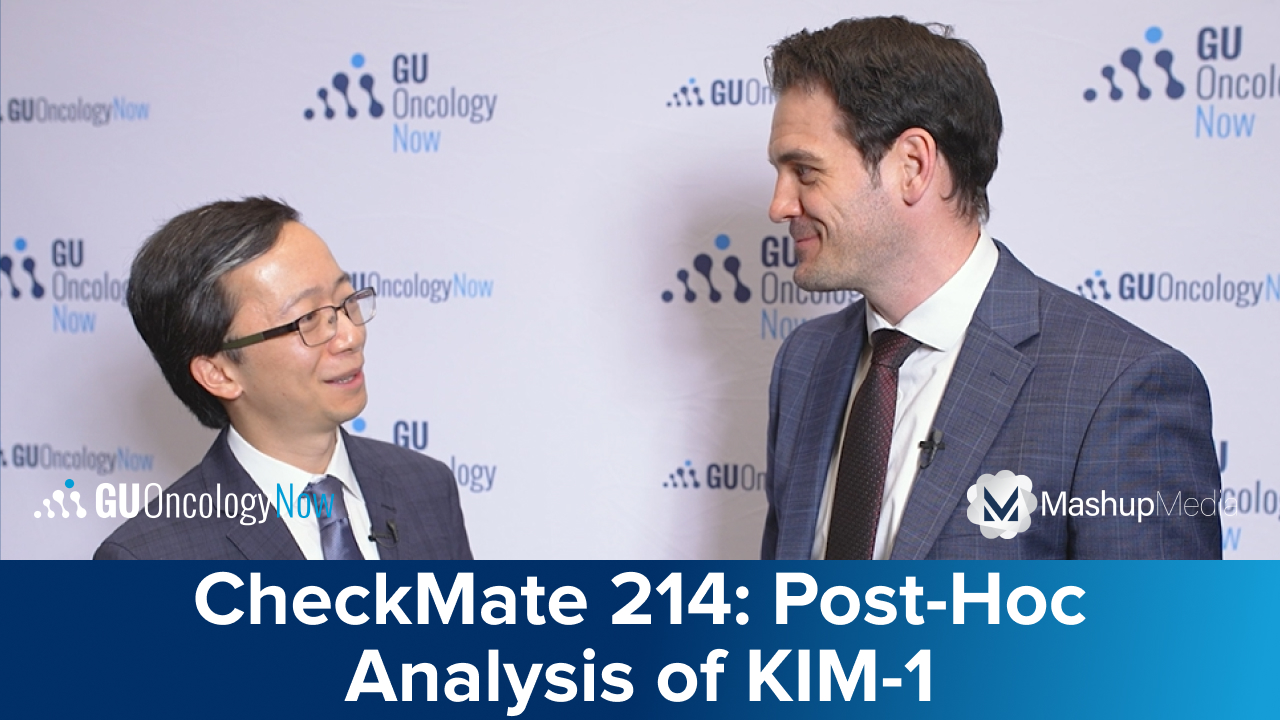

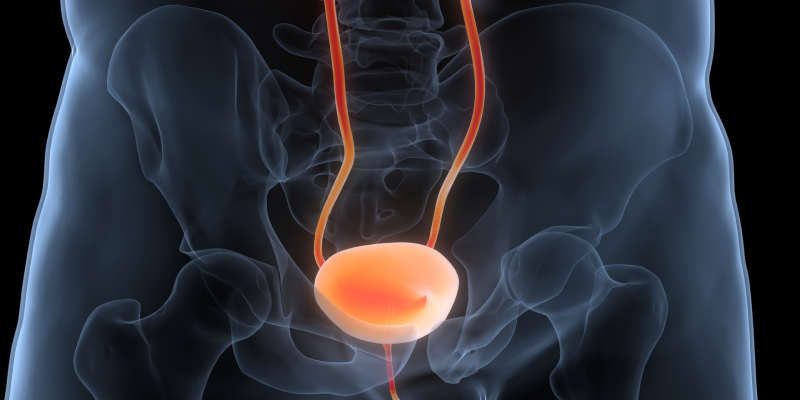

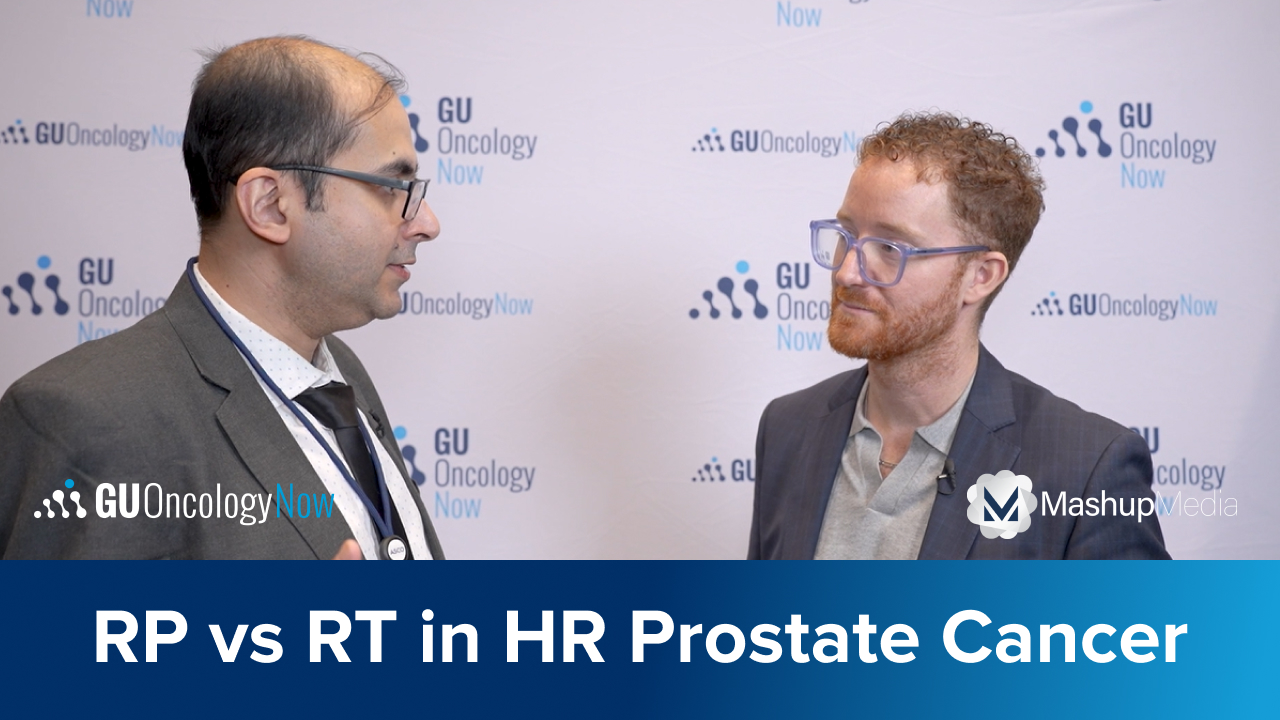
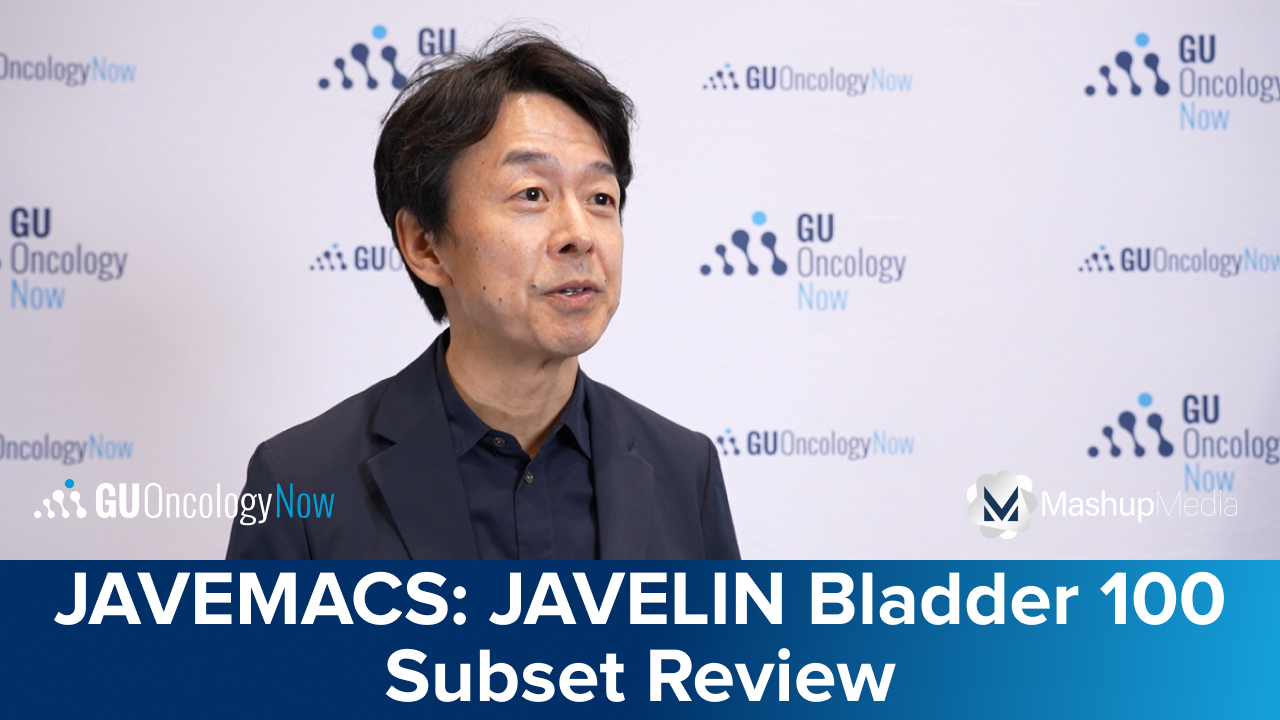
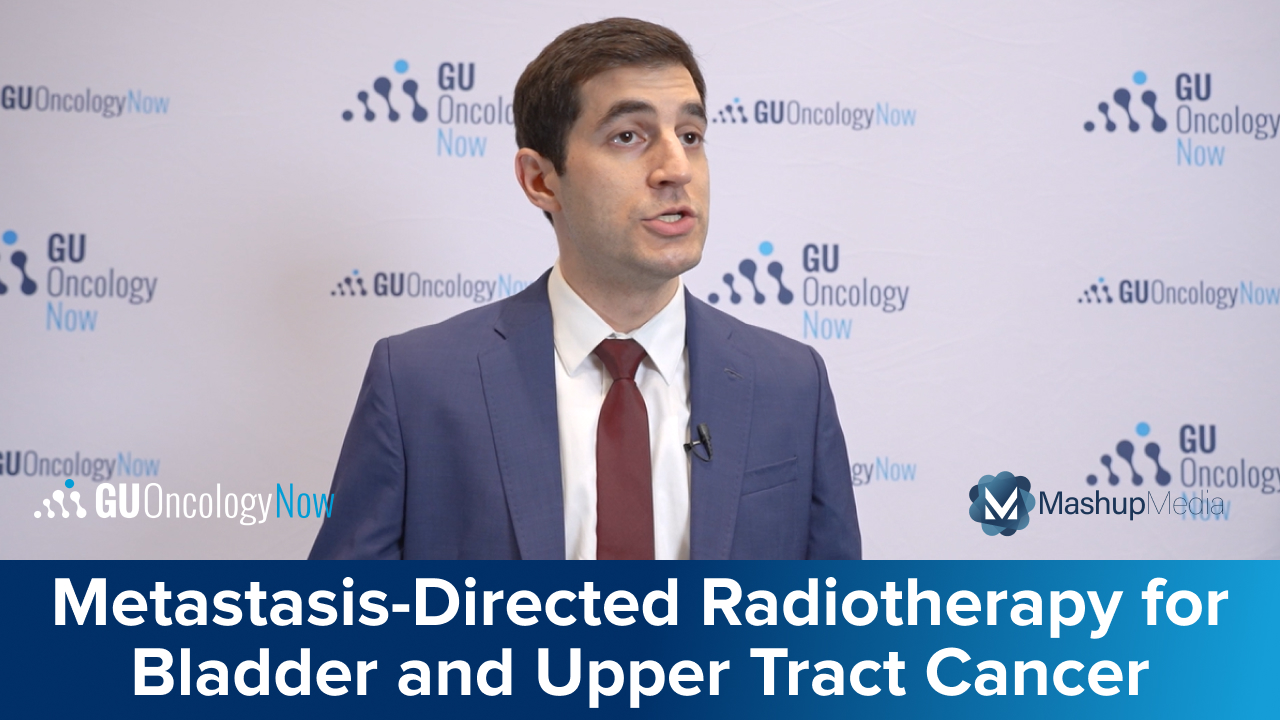
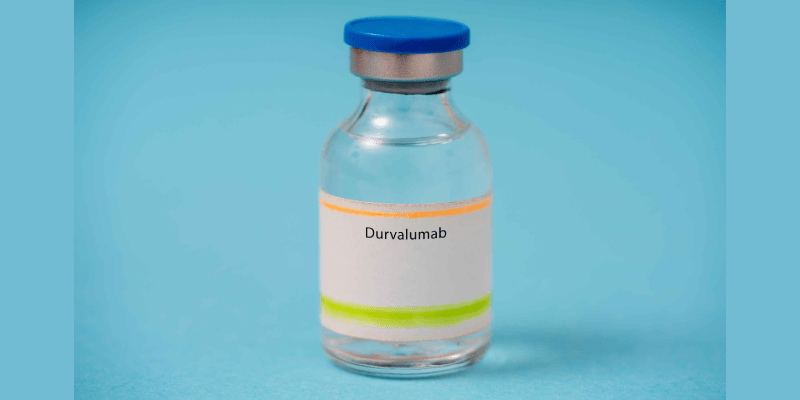
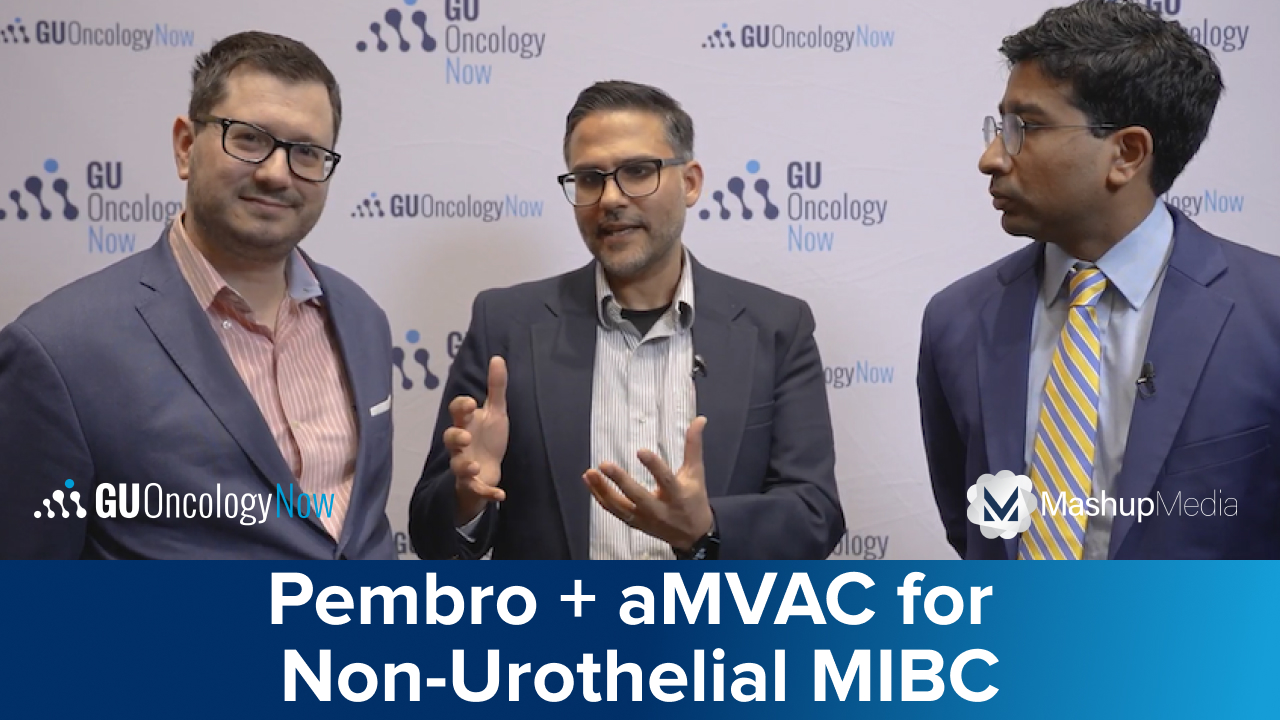
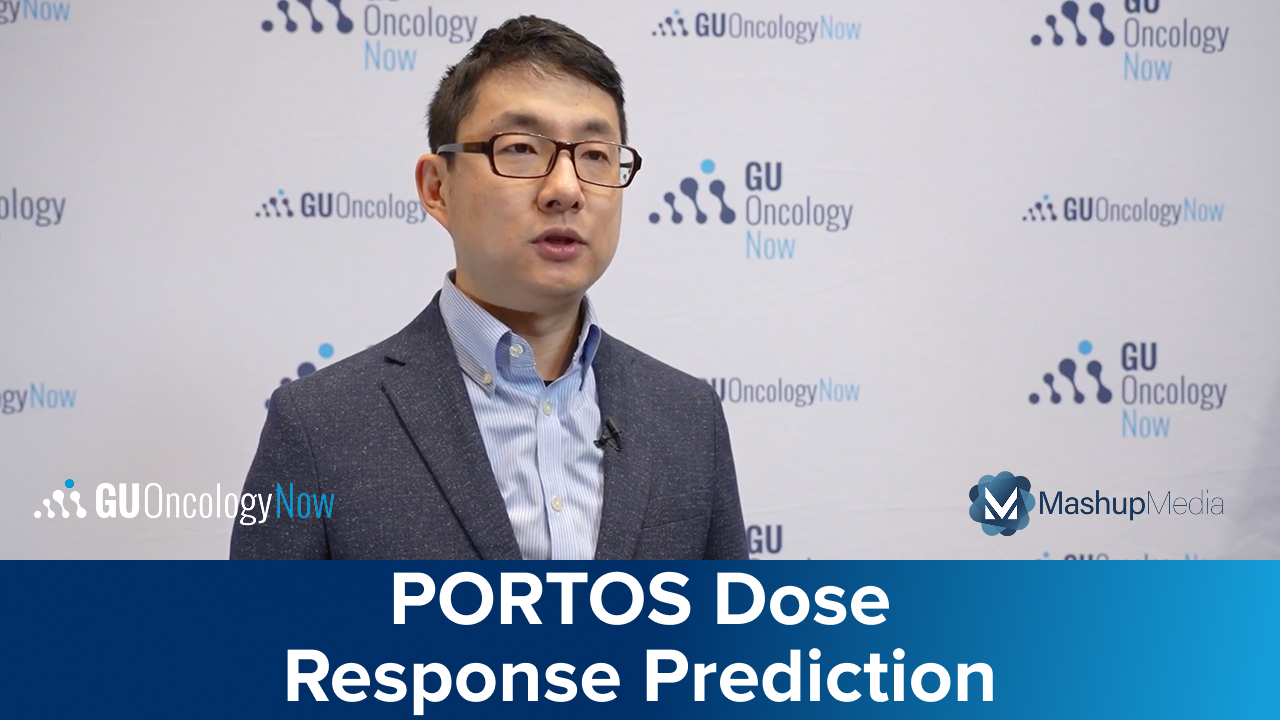
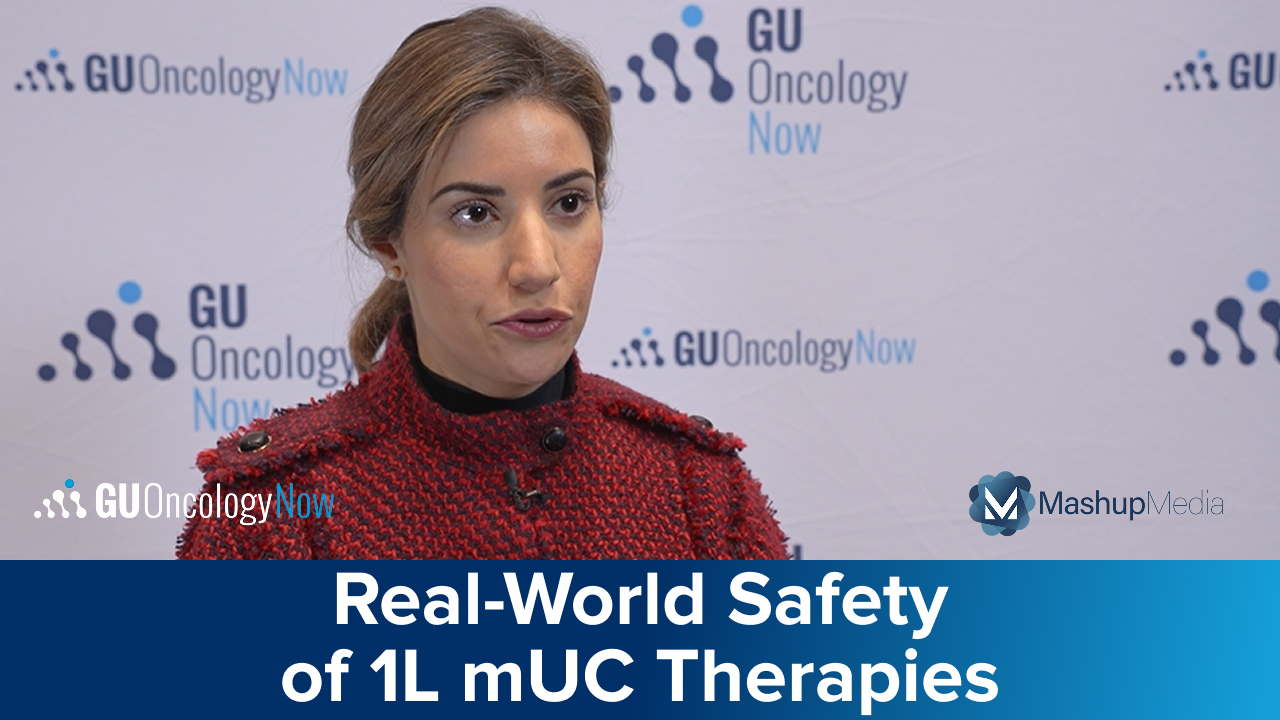
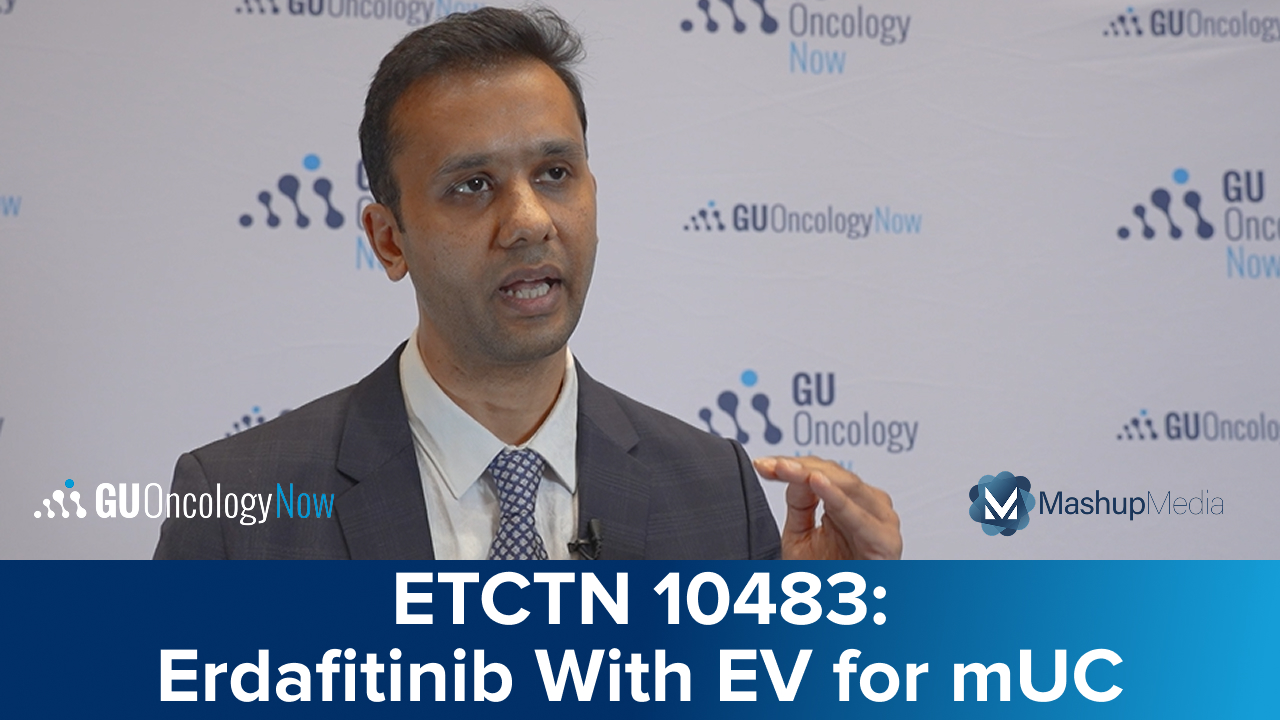
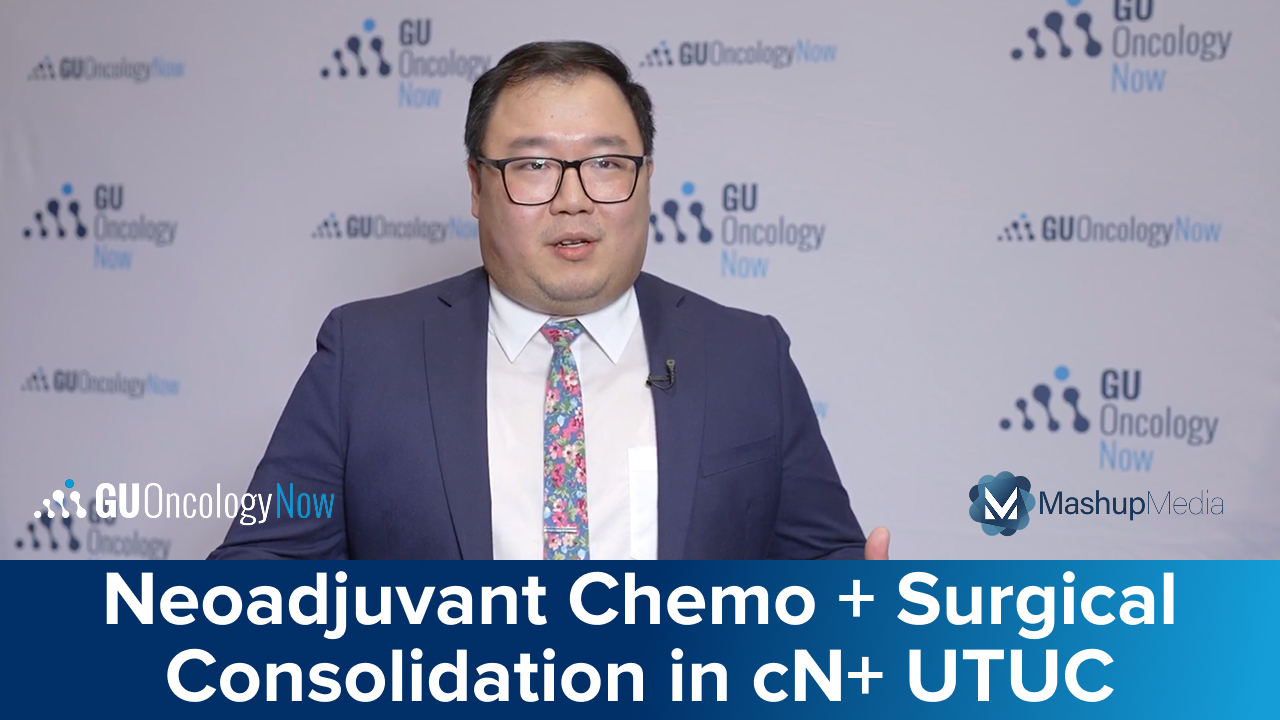
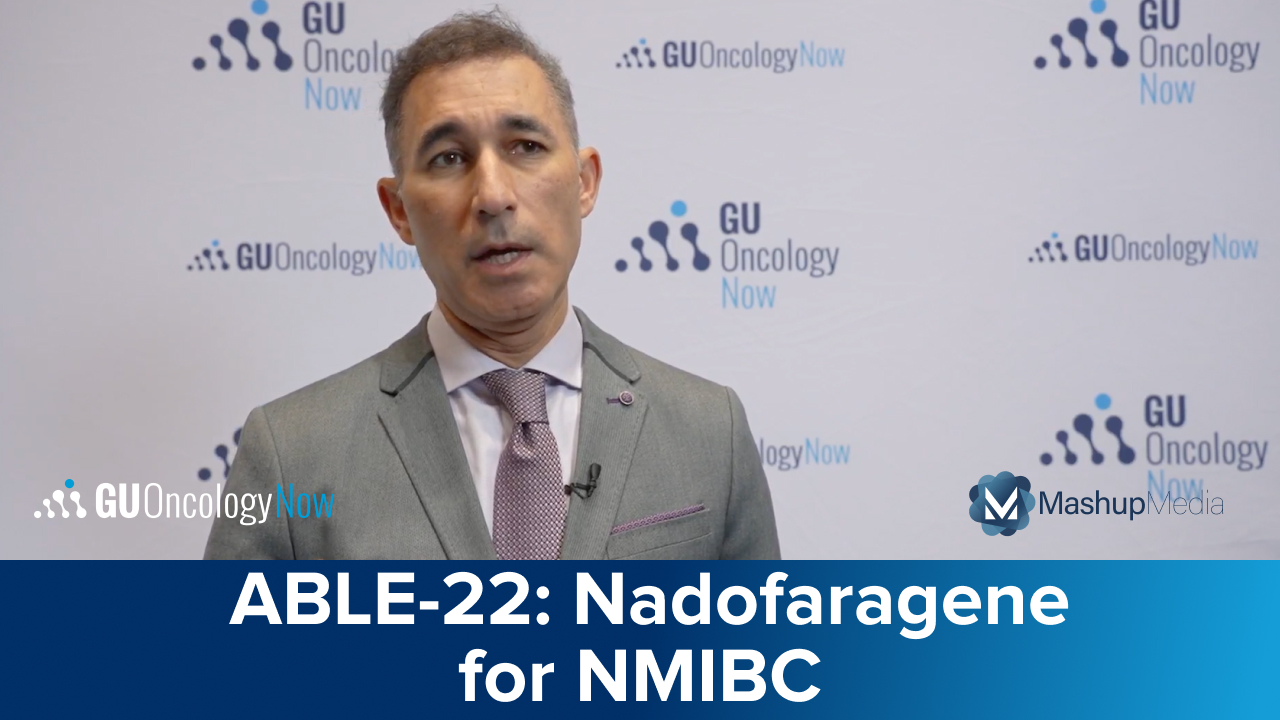


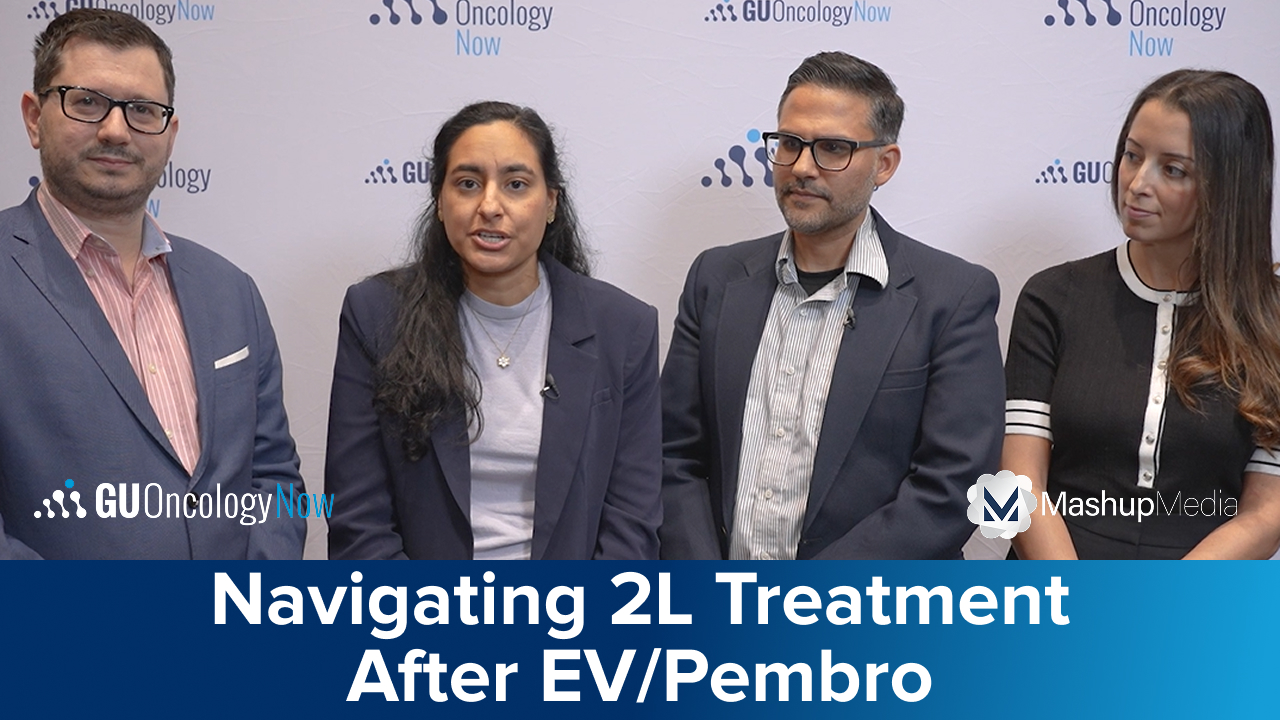
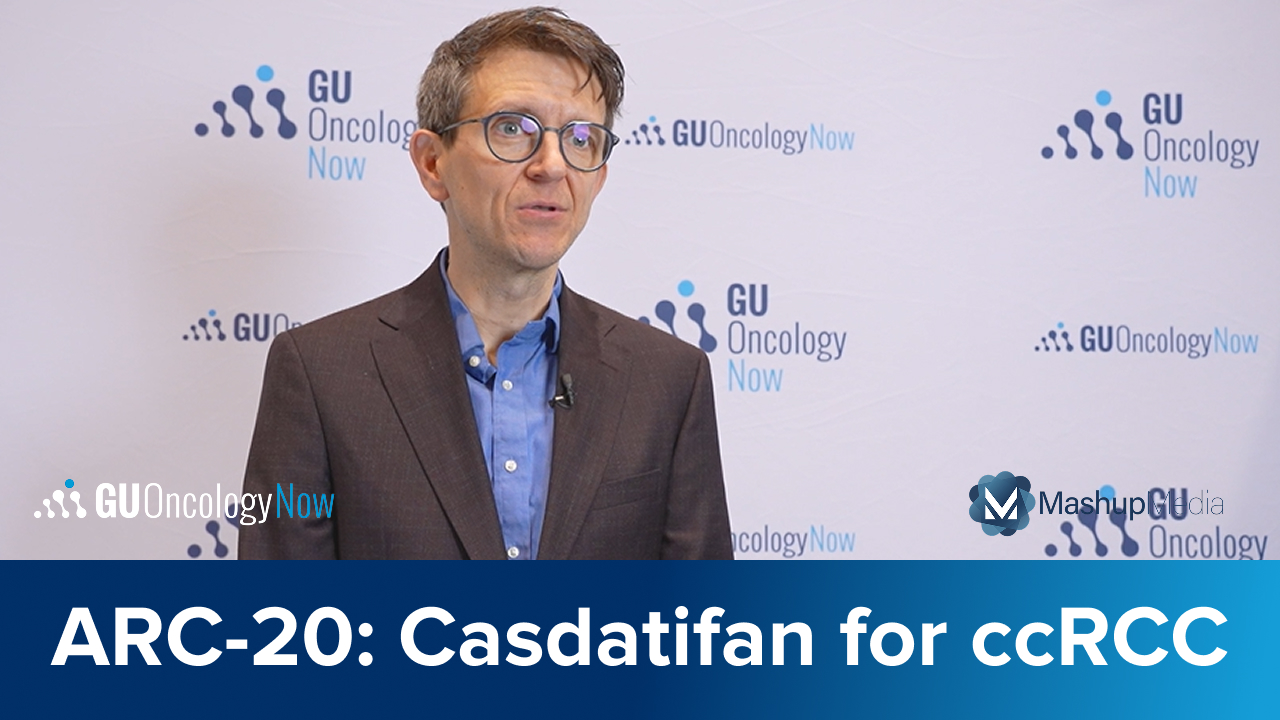

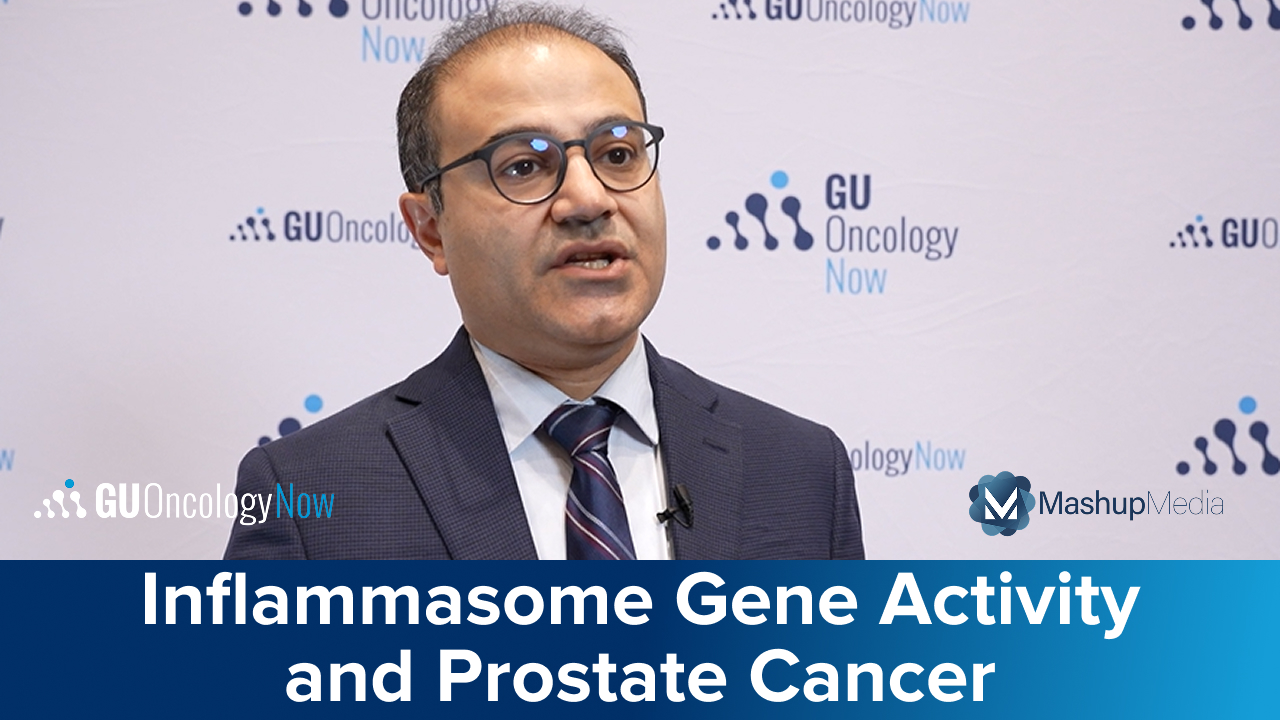
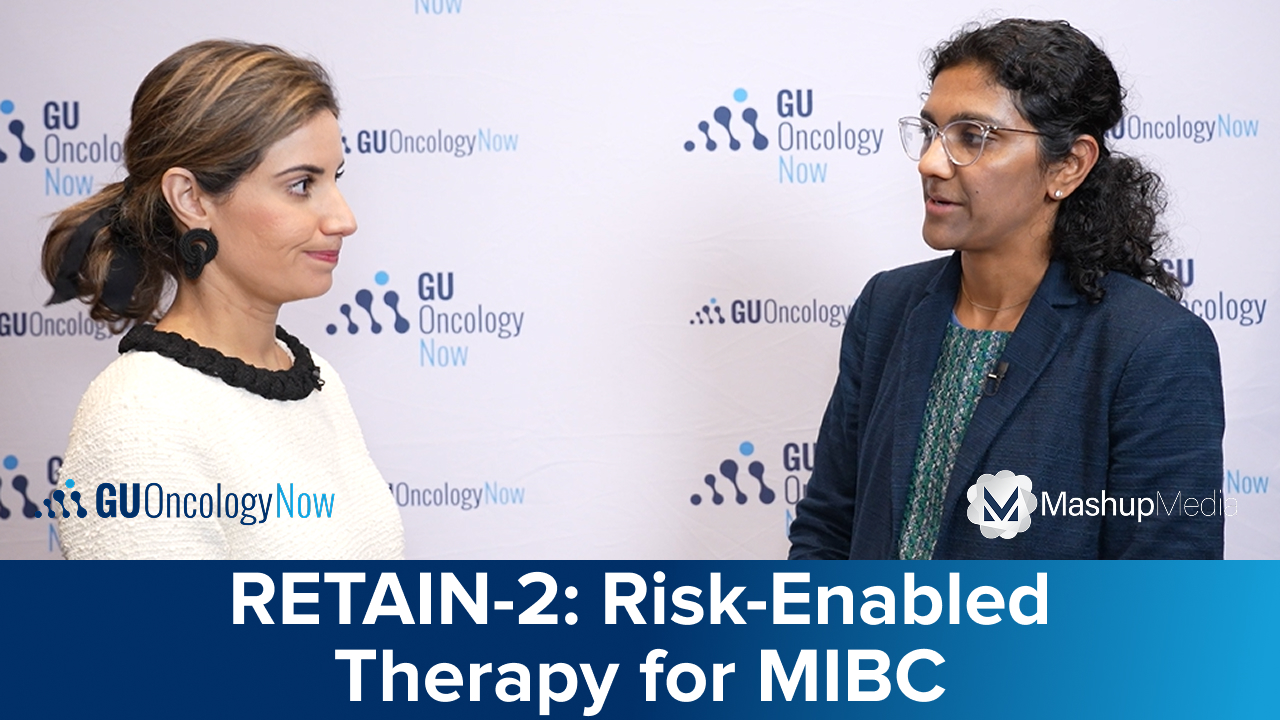


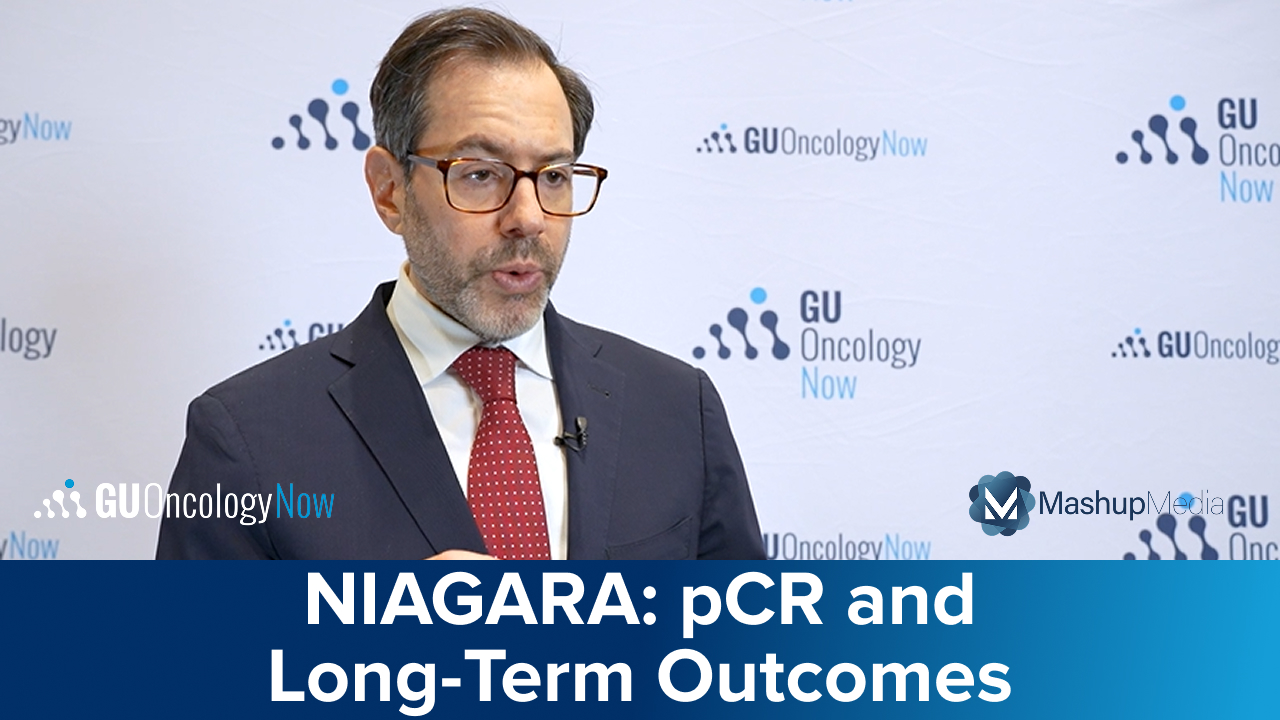
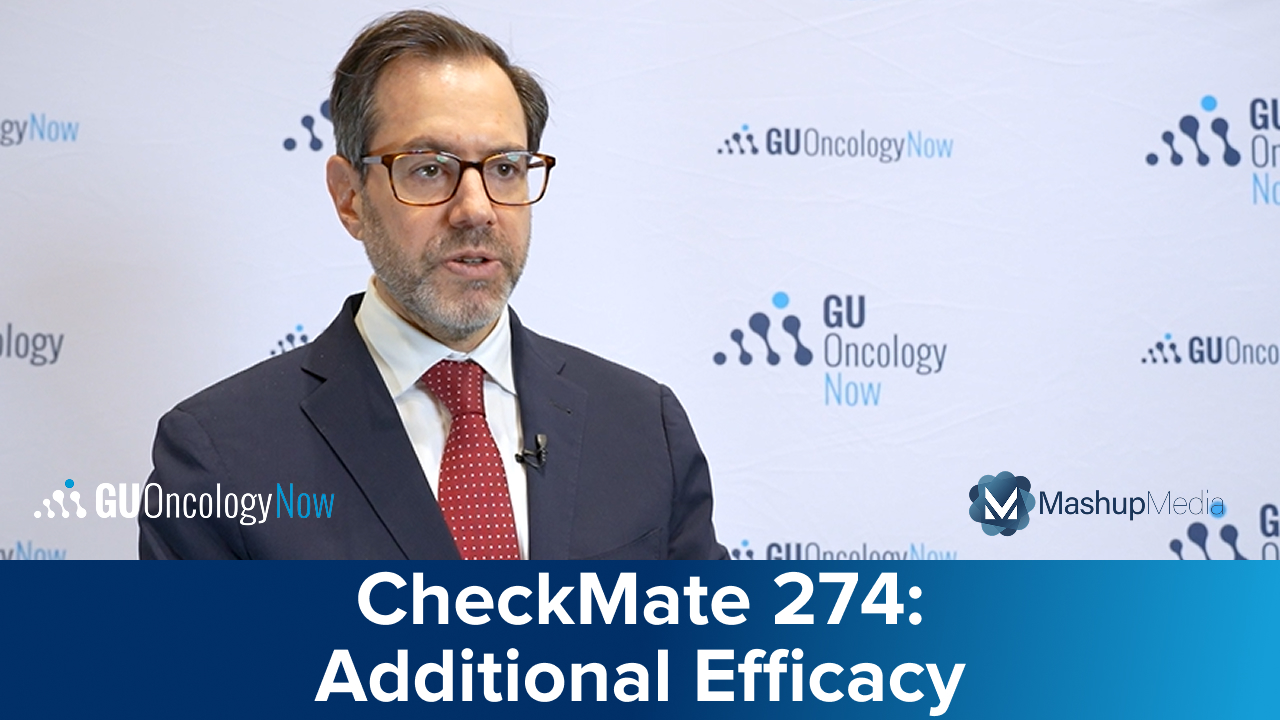

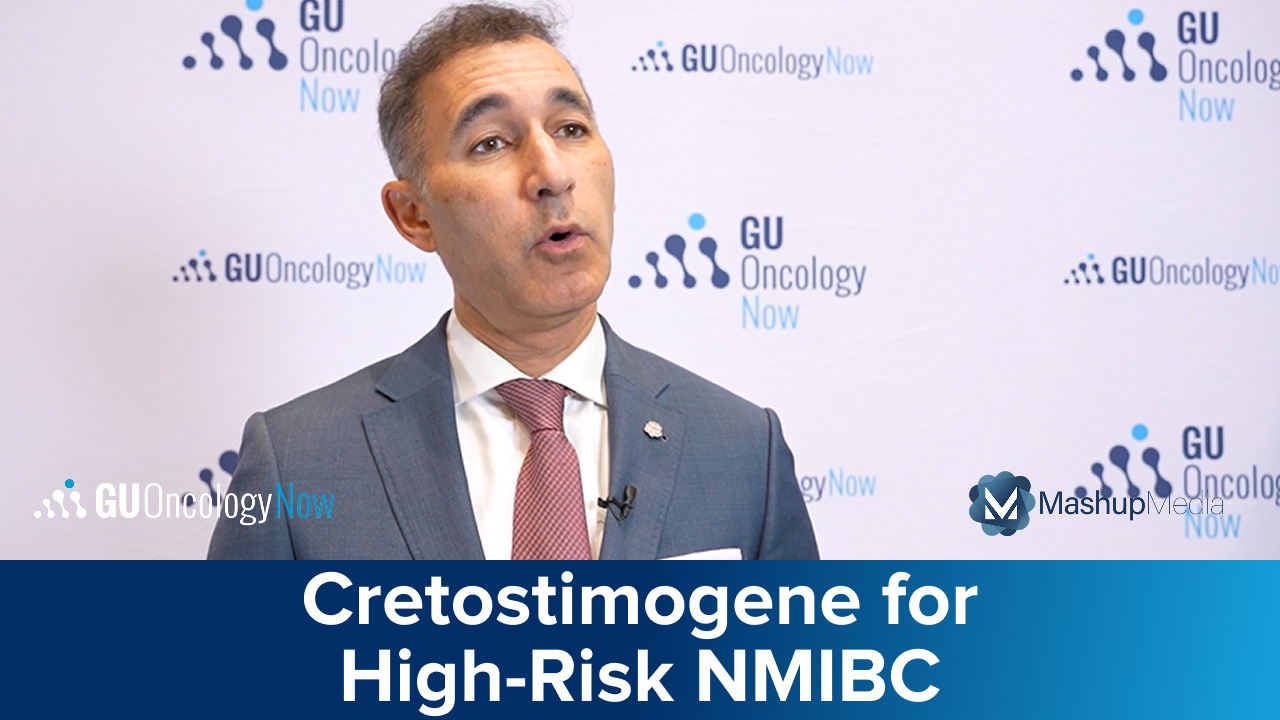
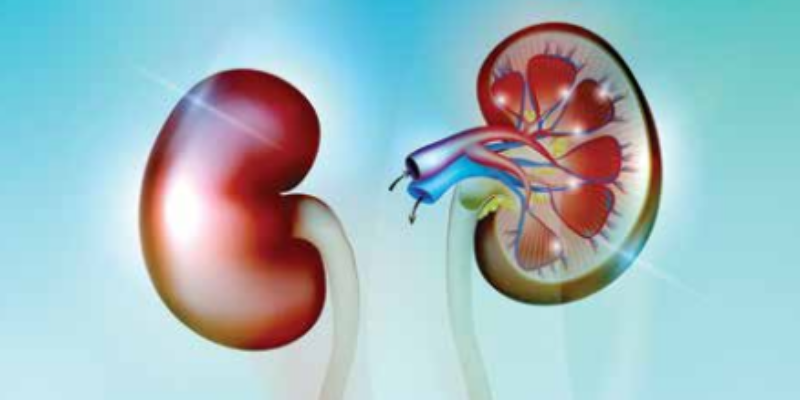



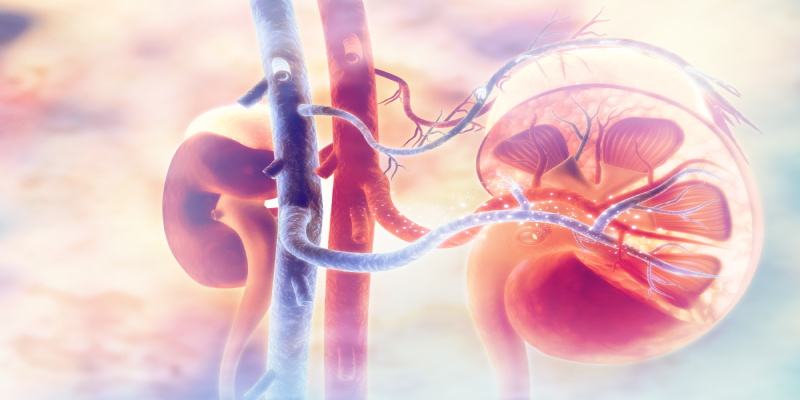


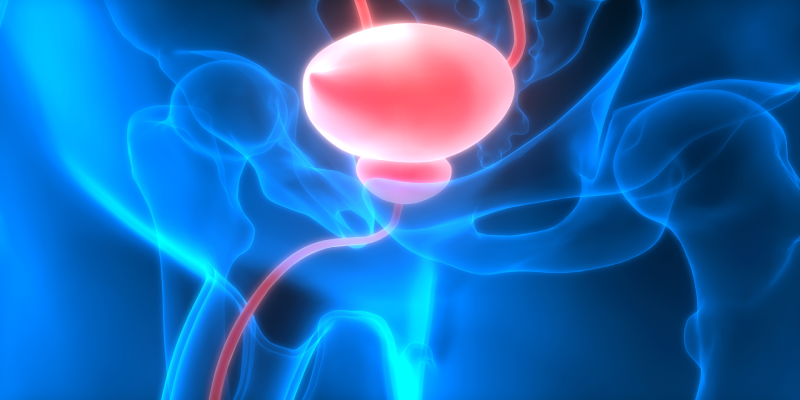

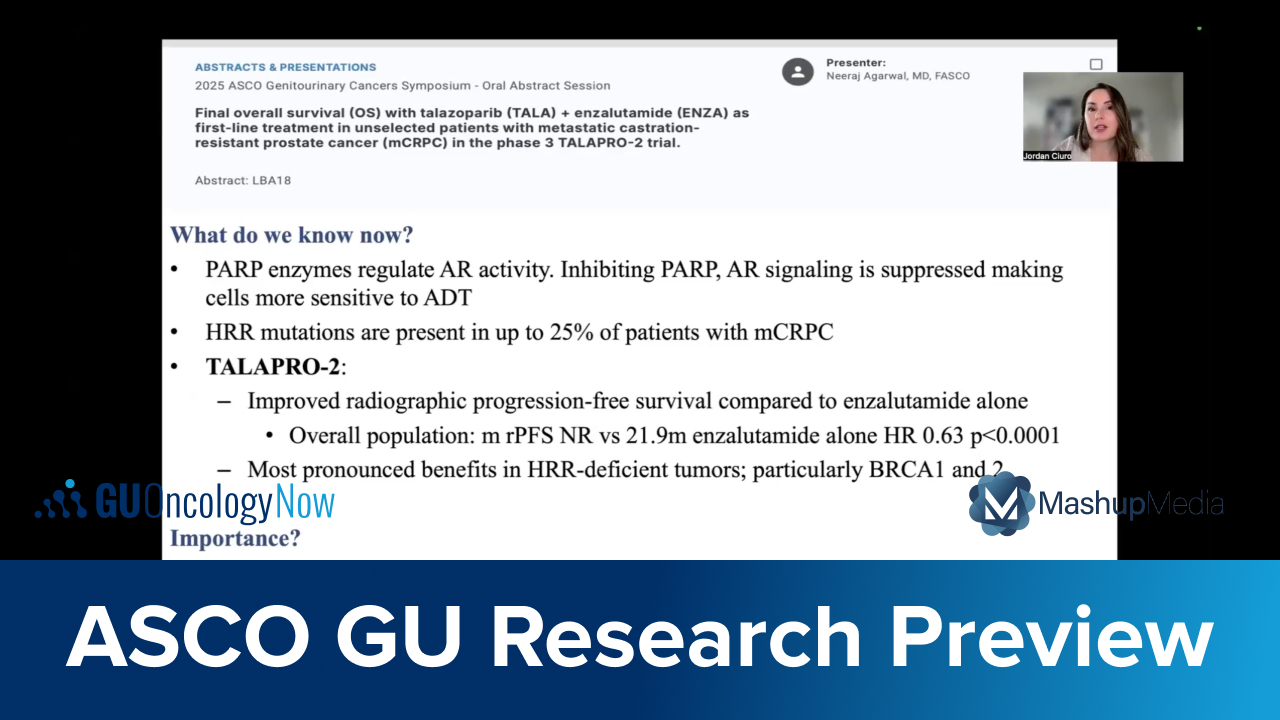
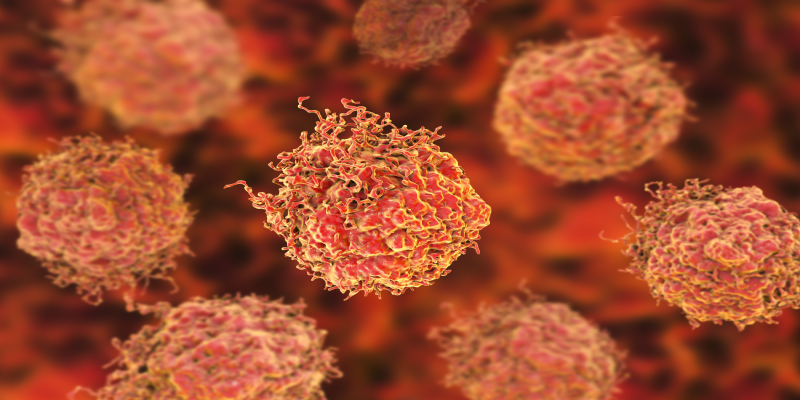
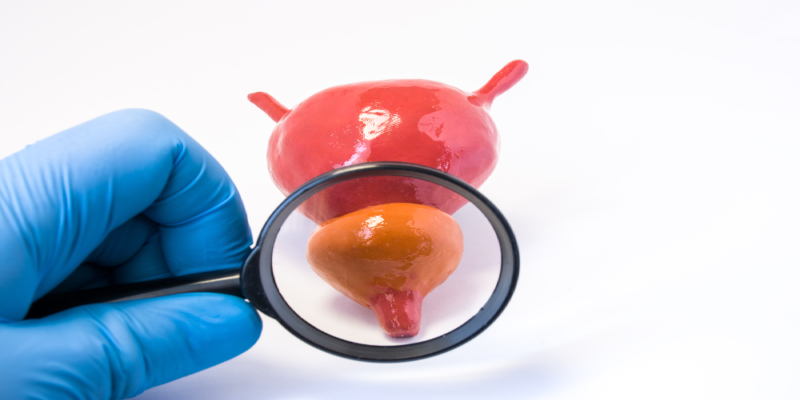

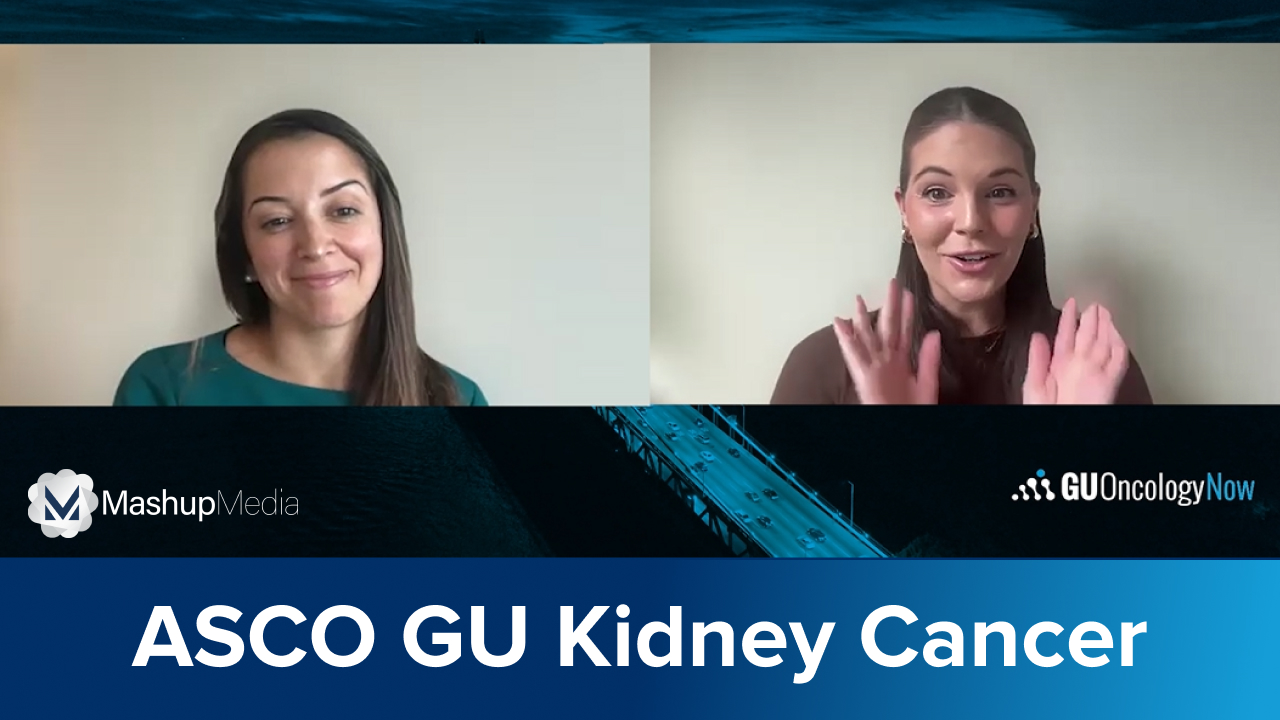



 © 2025 Mashup Media, LLC, a Formedics Property. All Rights Reserved.
© 2025 Mashup Media, LLC, a Formedics Property. All Rights Reserved.